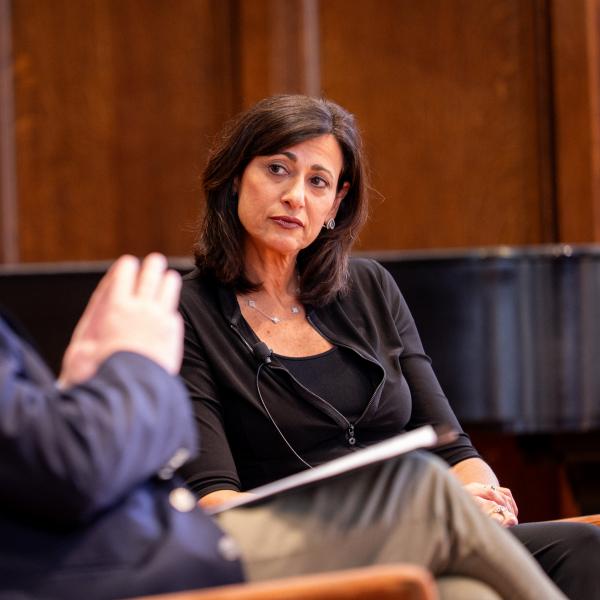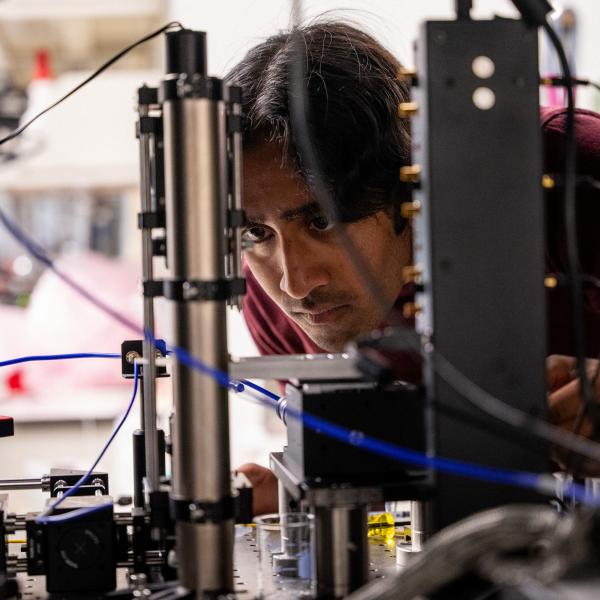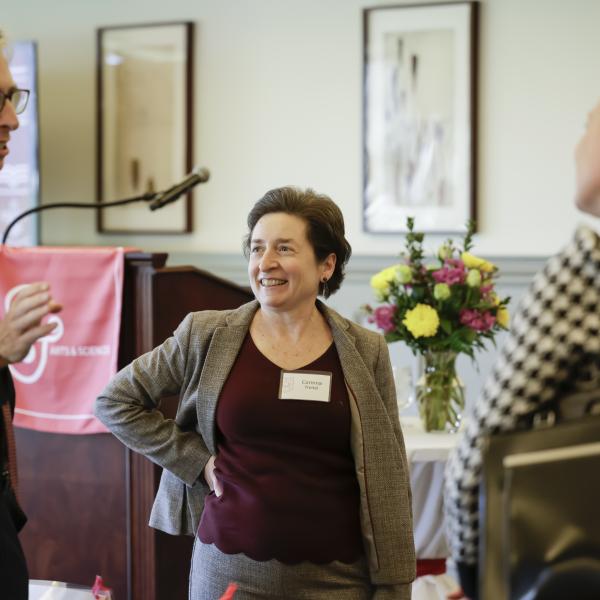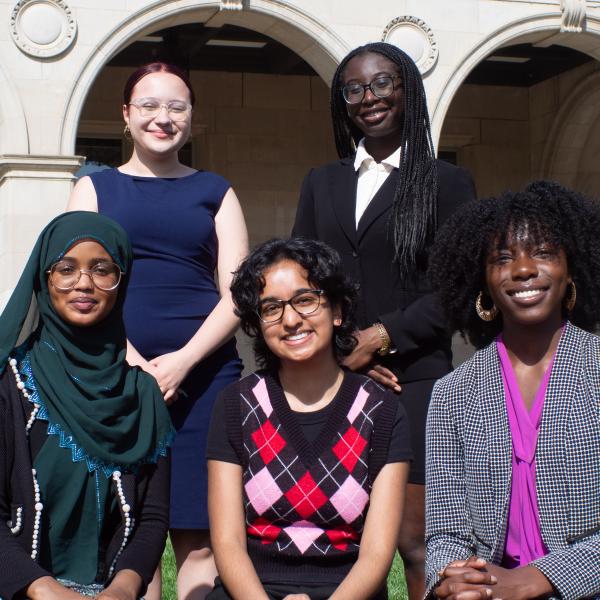Five new faculty members join Arts & Sciences this semester, including several nationally and internationally recognized experts. Please join us in welcoming Jonathan Losos, William Tolman, Nicola Aravecchia, Bronwen Konecky, and Nan Liu to the Danforth Campus.
Biology
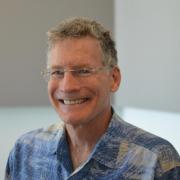 Jonathan Losos, PhD, joins the Department of Biology as the inaugural holder of the William H. Danforth Distinguished University Professorship. An internationally renowned scholar in the field of evolutionary biology, Losos most recently served as the Lehner Professor for the Study of Latin America, professor of organismic and evolutionary biology, and curator in herpetology at the Museum of Comparative Zoology at Harvard University. In partnership with the Missouri Botanical Garden and the St. Louis Zoo, Losos will lead the Living Earth CollaborativeTM, a new academic center dedicated to advancing the study of biodiversity. The primary focus of his laboratory at Washington University will be the behavioral and evolutionary ecology of lizards and the study of evolutionary adaptation of wild species to urban habitats.
Jonathan Losos, PhD, joins the Department of Biology as the inaugural holder of the William H. Danforth Distinguished University Professorship. An internationally renowned scholar in the field of evolutionary biology, Losos most recently served as the Lehner Professor for the Study of Latin America, professor of organismic and evolutionary biology, and curator in herpetology at the Museum of Comparative Zoology at Harvard University. In partnership with the Missouri Botanical Garden and the St. Louis Zoo, Losos will lead the Living Earth CollaborativeTM, a new academic center dedicated to advancing the study of biodiversity. The primary focus of his laboratory at Washington University will be the behavioral and evolutionary ecology of lizards and the study of evolutionary adaptation of wild species to urban habitats.
Chemistry
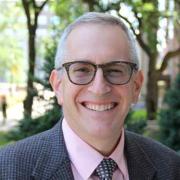 William B. Tolman's work focuses on using inorganic, biological, and polymer chemistry to address important problems related to human health and the environment. Current research in his group emphasizes the use of synthetic chemistry to unravel how copper-containing enzymes function and developing new ways to prepare biorenewable and sustainable polymers. His team has published more than 200 papers in peer-reviewed journals, and he is a fellow of both the American Chemical Society and the American Association for the Advancement of Science. He is also editor-in-chief of the ACS American Chemical Society journal Inorganic Chemistry. Before coming to WashU, Tolman spent 27 years at the University of Minnesota, where he was the Distinguished McKnight University Professor and chair of the Department of Chemistry (2009-2017). Tolman earned his doctorate in chemistry at the University of California, Berkeley.
William B. Tolman's work focuses on using inorganic, biological, and polymer chemistry to address important problems related to human health and the environment. Current research in his group emphasizes the use of synthetic chemistry to unravel how copper-containing enzymes function and developing new ways to prepare biorenewable and sustainable polymers. His team has published more than 200 papers in peer-reviewed journals, and he is a fellow of both the American Chemical Society and the American Association for the Advancement of Science. He is also editor-in-chief of the ACS American Chemical Society journal Inorganic Chemistry. Before coming to WashU, Tolman spent 27 years at the University of Minnesota, where he was the Distinguished McKnight University Professor and chair of the Department of Chemistry (2009-2017). Tolman earned his doctorate in chemistry at the University of California, Berkeley.
Classics/Art History and Archaeology
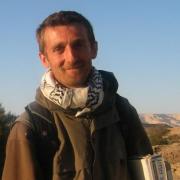 Nicola Aravecchia, PhD, joins both the Department of Art History and Archaeology and the Department of Classics as assistant professor. Aravecchia earned his doctorate in art history and master’s degree in ancient and medieval art and archaeology, both from the University of Minnesota. His research interests encompass the art and archaeology of Graeco-Roman and Late Antique Egypt. His current work focuses on the origins and development of Early Christian architecture in rural Egypt. Since 2005, he has been involved in archaeological projects in the Dakhla Oasis, located in the Western Desert of Upper Egypt. Aravecchia has taught classical languages and ancient history, art, and archaeology courses in the United States, Egypt, and Australia.
Nicola Aravecchia, PhD, joins both the Department of Art History and Archaeology and the Department of Classics as assistant professor. Aravecchia earned his doctorate in art history and master’s degree in ancient and medieval art and archaeology, both from the University of Minnesota. His research interests encompass the art and archaeology of Graeco-Roman and Late Antique Egypt. His current work focuses on the origins and development of Early Christian architecture in rural Egypt. Since 2005, he has been involved in archaeological projects in the Dakhla Oasis, located in the Western Desert of Upper Egypt. Aravecchia has taught classical languages and ancient history, art, and archaeology courses in the United States, Egypt, and Australia.
Earth and Planetary Sciences
 Bronwen Konecky, PhD, joins the Department of Earth and Planetary Sciences as assistant professor. Konecky's research investigates tropical climate variability and climate change from ~150,000 years ago to the 21st century. This dual focus on ancient and modern systems provides a geologic perspective on present-day climate change, while using present-day climate processes to better understand the geologic past. Konecky earned her doctorate from Brown University in 2013. Since then she has held postdoctoral positions at the Georgia Institute of Technology and the Cooperative Institute for Research in Environmental Sciences at the University of Colorado Boulder.
Bronwen Konecky, PhD, joins the Department of Earth and Planetary Sciences as assistant professor. Konecky's research investigates tropical climate variability and climate change from ~150,000 years ago to the 21st century. This dual focus on ancient and modern systems provides a geologic perspective on present-day climate change, while using present-day climate processes to better understand the geologic past. Konecky earned her doctorate from Brown University in 2013. Since then she has held postdoctoral positions at the Georgia Institute of Technology and the Cooperative Institute for Research in Environmental Sciences at the University of Colorado Boulder.
Physics
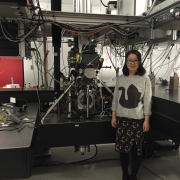 Nan Liu, PhD, joins the Department of Physics as a research assistant professor. In 2014, Liu earned her doctorate in cosmochemistry from the University of Chicago, where she focused on isotopic and structural studies of presolar grains and was involved in building a new Resonant Ionization Mass Spectrometer (RIMS). She then joined the Department of Terrestrial Magnetism at the Carnegie Institution for Science as a postdoctoral research associate. In her research, Liu applies a suite of advanced micro-analytical techniques to understand the stellar origins of presolar grains, nucleosynthetic processes in their parent stars, and condensation formation processes in stellar environments.
Nan Liu, PhD, joins the Department of Physics as a research assistant professor. In 2014, Liu earned her doctorate in cosmochemistry from the University of Chicago, where she focused on isotopic and structural studies of presolar grains and was involved in building a new Resonant Ionization Mass Spectrometer (RIMS). She then joined the Department of Terrestrial Magnetism at the Carnegie Institution for Science as a postdoctoral research associate. In her research, Liu applies a suite of advanced micro-analytical techniques to understand the stellar origins of presolar grains, nucleosynthetic processes in their parent stars, and condensation formation processes in stellar environments.
